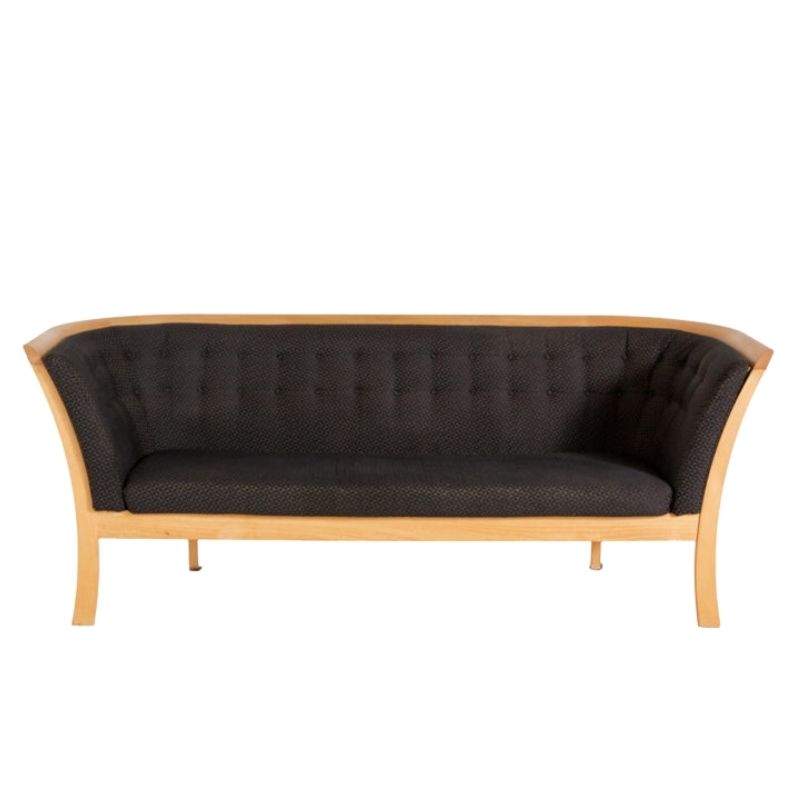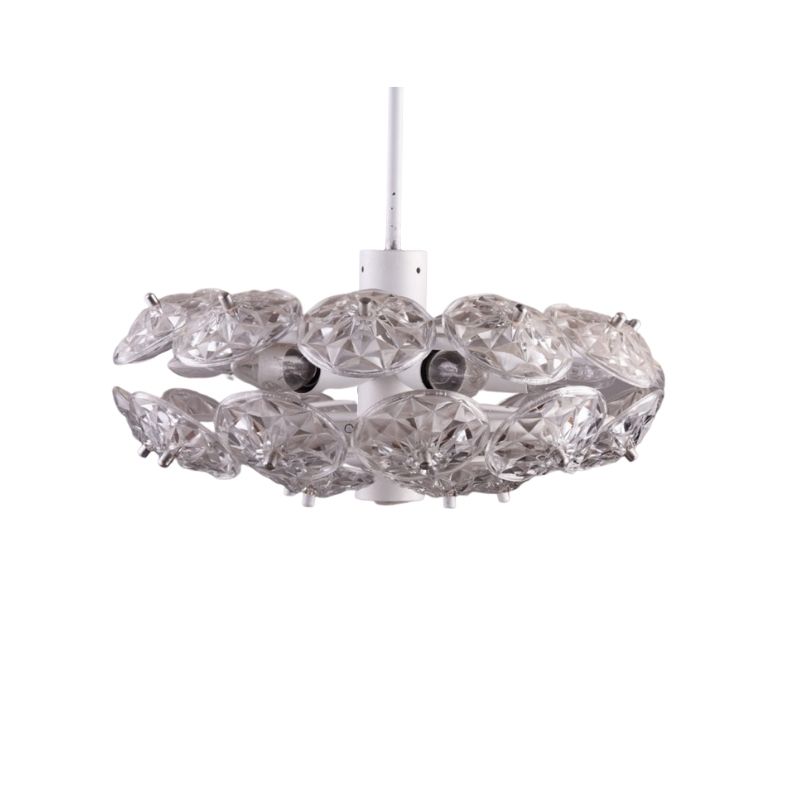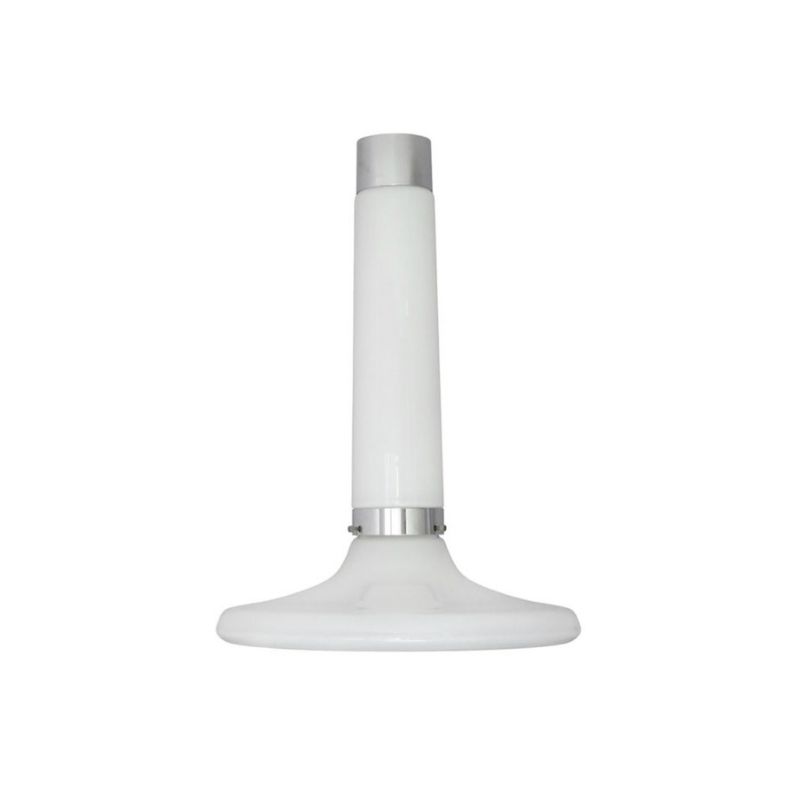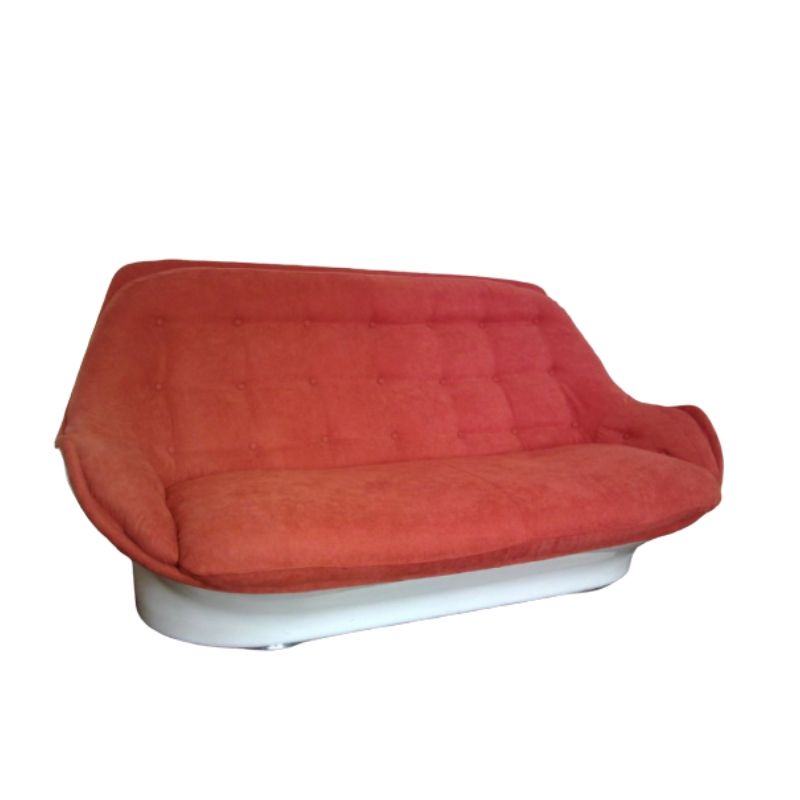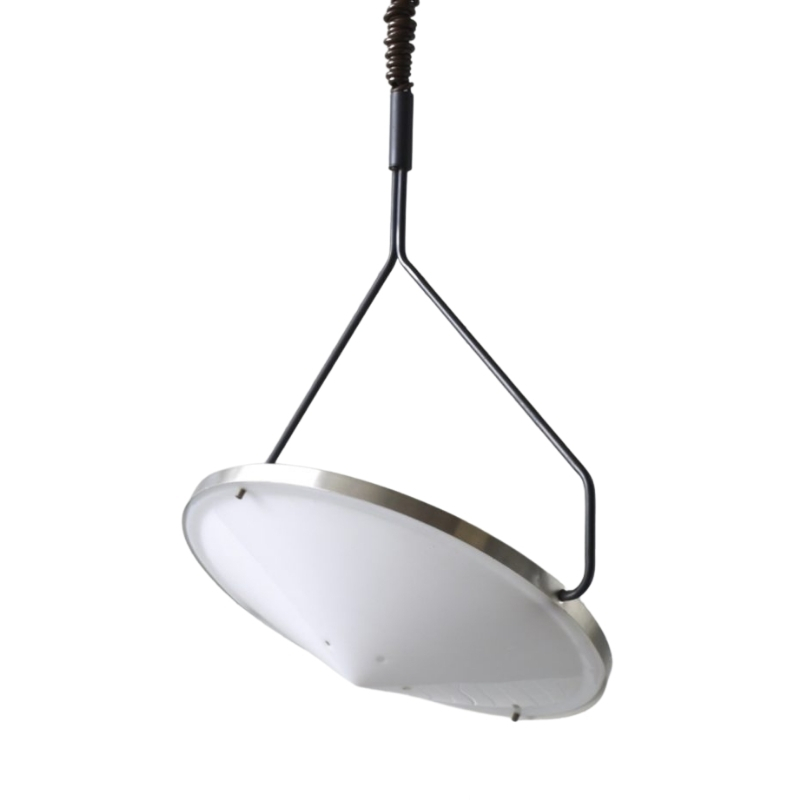I began developing chemical sensitivities a few years back so one of the things we did was to rip out all the carpet in our home, there wasn't really all that much of it but it was in the most important space, the bedroom. Next we looked at natural flooring products including bamboo, cork and natural carpeting. Either price or the appearance of all of these just wasn't getting us to commit on any of them. So we've lived with a painted subfloor for two years, but I think I've finally figured out what I want to do. I'd like to lay down a tile-like floor using 24"x24" squares of stained cabinet grade ply set in alternating grains. There are lots of non-toxic stains and even regular plywood can be used if you outgas the formaldehyde for a couple of months so the materials are OK for me and reasonable in price. But I am not sure of the best way to apply the squares. I know I'll need to level the sub-floor and that's fine but I'm afraid if I just glue down the squares that they'll not flex enough during heat/humidity changes. I also have to worry about what I use as an attachment method because adhesives are a primary source of chemical sensitivities. I thought about using a flooring nailer like you'd do with tongue and groove flooring but I'm concerned that the ply will just chip and separate. Anybody got any helpful ideas?
Next we looked at natural flooring products including bamboo, cork and natural carpeting. Either price or the appearance of all of these just wasn't getting us to commit on any of them. So we've lived with a painted subfloor for two years. Now what I think I'd like to do is lay down a tile like floor using 24"x24" squares of stained cabinet grade ply set in alternating grains. There are lots of non-toxic stains and even regular plywood can be used if you outgas the formaldehyde for a couple of months so the materials are OK for me and reasonable in price. But I am not sure of the best way to apply the squares. I know I'll need to level the sub-floor and that's fine but I'm afraid if I just glue down the squares that they'll not flex enough during heat/humidity changes. I also have to worry about what I use as an attachment method because adhesives are a primary source of chemical sensitivities. I thought about using a flooring nailer like you'd do with tongue and groove flooring but I'm concerned that the ply will just chip and separate. Anybody got any helpful ideas?
plywood application
I had some workmen put flooring in my home recently. They used the traditional nailer for the new tongue and groove flooring but what I thought was interesting was the method they used to re-attach the trim pieces and base boards etc.
They were using a powered tool that shoots the tiniest, thin piece of wire into the piece, and then clips it off all in one motion. It leaves a hole that would be similar to a fine sewing needle. When using - say, sanded birch-faced plywood squares and a benign glue ( like wood glue, or even two-sided carpet tape ) I would bet that a number of the wire pins shot into the flooring would hold it all together for good. The pin holes would not even be visable when the wood swells back over them ( or a miniscule amount of filler). IMHO
Olive, if I recall...
Olive, if I recall correctly, there was a thread here awhile back discussing this application. Maybe it was somewhere else. Certainly, the use of plywood sheets as flooring is gaining popularity. Do some general net searches and maybe you will get some ideas. I can appreciate that you will alternate the pattern, as the use of ply will be obvious anyway. I recently was in a home where the owners simply screwed down 3/4 inch maple sheets, countersunk the screws in a uniform pattern, and set oak pegs over the screw heads. Finished, the 1/4 inch pegs take on a slightly darker color than the flooring giving a nice decorative contrast. It looked very good.
Whatever you do, I would not recommend glue. And I would use a larger cut than 2 x 2. Hope things go well for you.
I believe I saw a discussion
on plywood floor tiles on www.livemodern.com (formerly, the Dwell discussion boards).
I recall that someone had attached the plywood tiles with biscuit joints and floated the floor over the existing concrete. The posted pics looked nice.
I'm thinking of doing something similar in my basement.
I checked out LiveModern
I just went through the whole thread and learned a lot. I'd still appreciate more suggestions but at this point I am inclined to do 3'x3' squares of birch alternating the grain, anchored with screws that are pegged with dowel and stained an espresso color. I think I could do 4'x4' panels in the room, but I'm not convinced that I'd get perfect 4'x8' sheets. What say you all?
You
could look for plywood that comes in oversize sheets (49 x 97, or 48 1/2 x 96 1/2) and cut two or four-foot squares from it. Chamfer the edges slightly, I would think (I haven't read the Dwell piece).
The first wood-product floor I saw was tiles of MDF. You can get formaldehyde-free MDF. . . With a clear finish of some sort it would look and feel a bit like some nice limestone or a ceramic material. Copascetic with your tub. Heavy enough to stay down by itself, though some biscuits or splines would help with alignment. Much cheaper than smooth plywood.
If you need any help, please contact us at – info@designaddict.com



